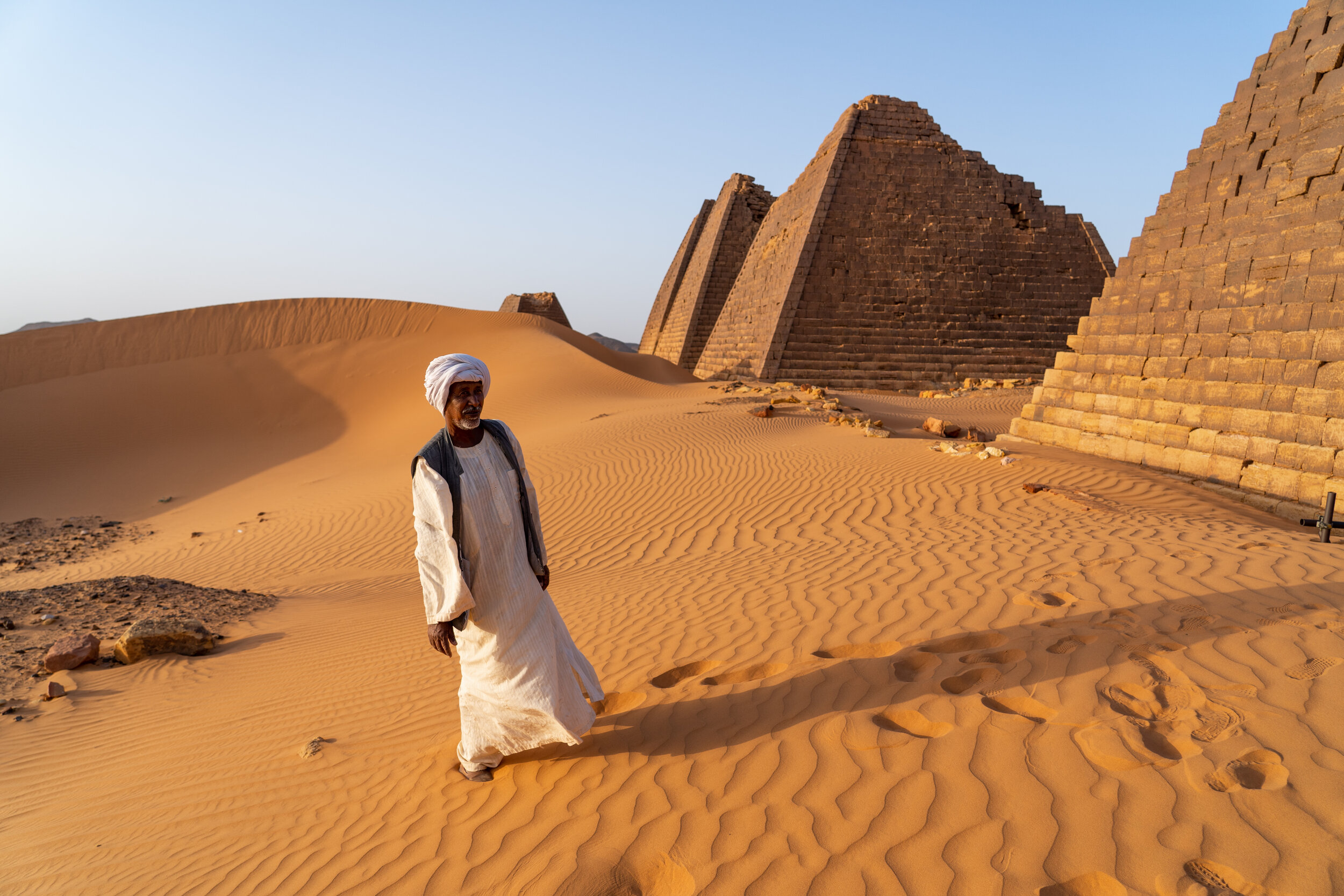
SUDAN’S FORGOTTEN PYRAMIDS
A wealth of Nubian archeology in need of conservaion
MEROË, SUDAN
The ancient Kushite city of Meroë, now located some 200 km north-east of Khartoum, was the capital of the Nubian Kingdom of Kush from c. 591 BCE to 350 CE. During the course of this Kingdom’s history, its emperors and nobles were buried in Nubian-style pyramids, modeled off their Egyptian counterparts with their own unique angles and styles.
Meroë had 200 pyramids within three groupings; however after years of tomb raiding and destruction, only several are intact today. Italian treasure hunter Giuseppe Ferlini destroyed many n the 1830s while looking for gold and jewelry, blowing many of their tops off with explosives.
Today, Meroë feels almost forgotten in time. While many of its ruins have been partially restored, it still lacks anything close to the crowds seen in Egypt. Rather, Sudan’s pyramids remain spectacularly isolated and quiet— the largest threat to their continued existence is the rapid desertification in northern Sudan, resulting in significant wind and sand damage to the stones.
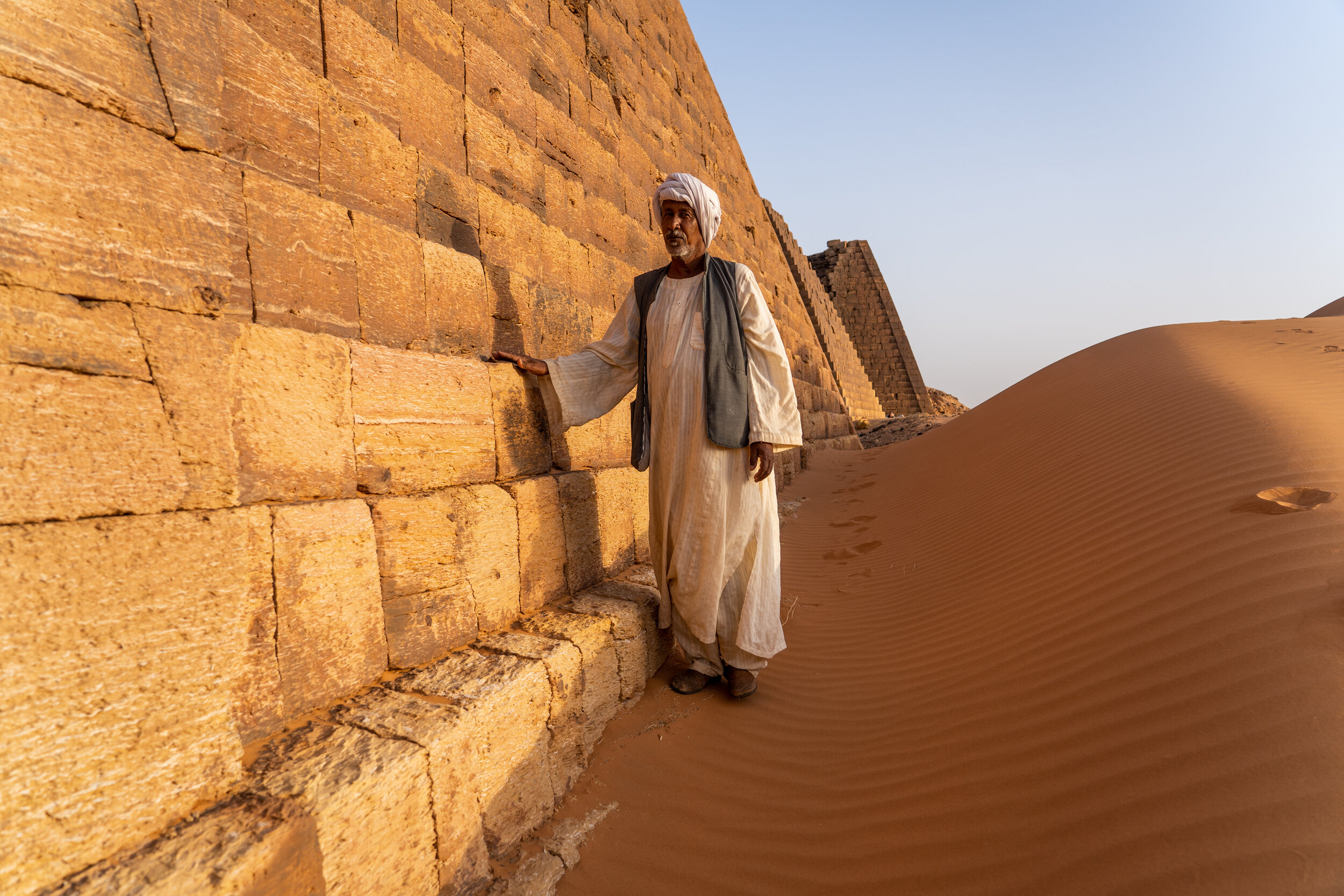
The Sands are Near
Meroë, Sudan. May 2021.
Description coming soon.
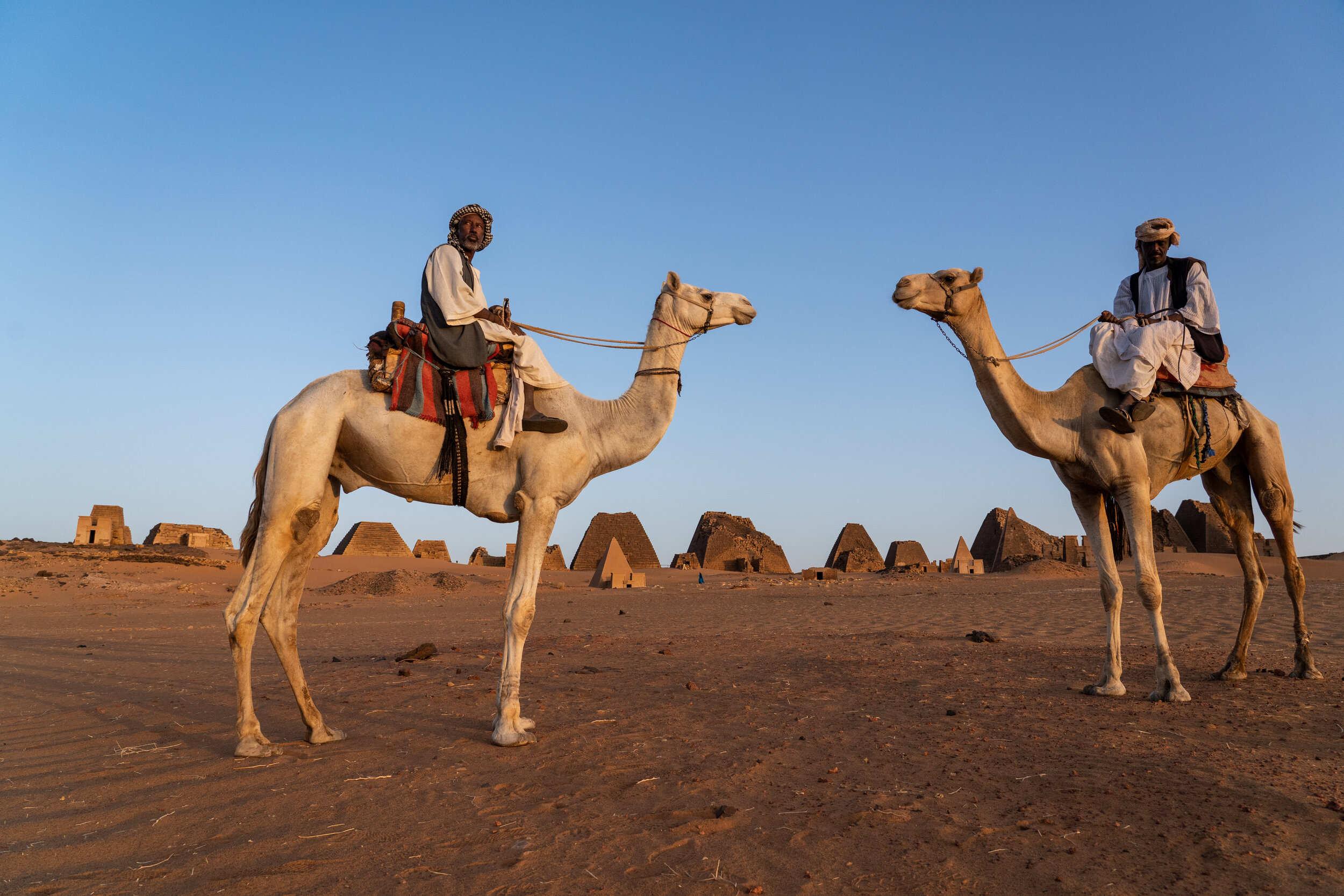
A Line of Pyramids
Meroë, Sudan. May 2021.
Description coming soon.
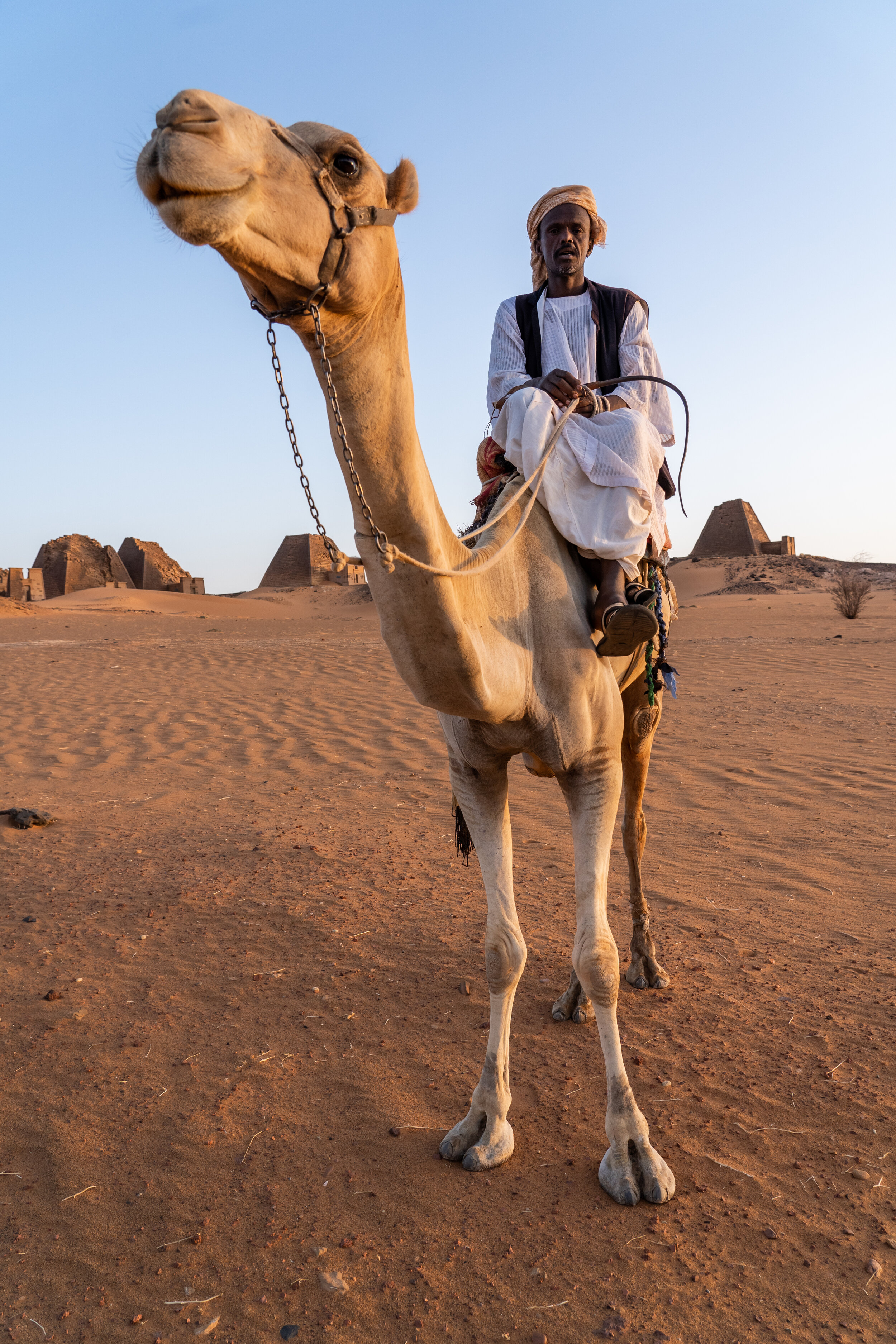
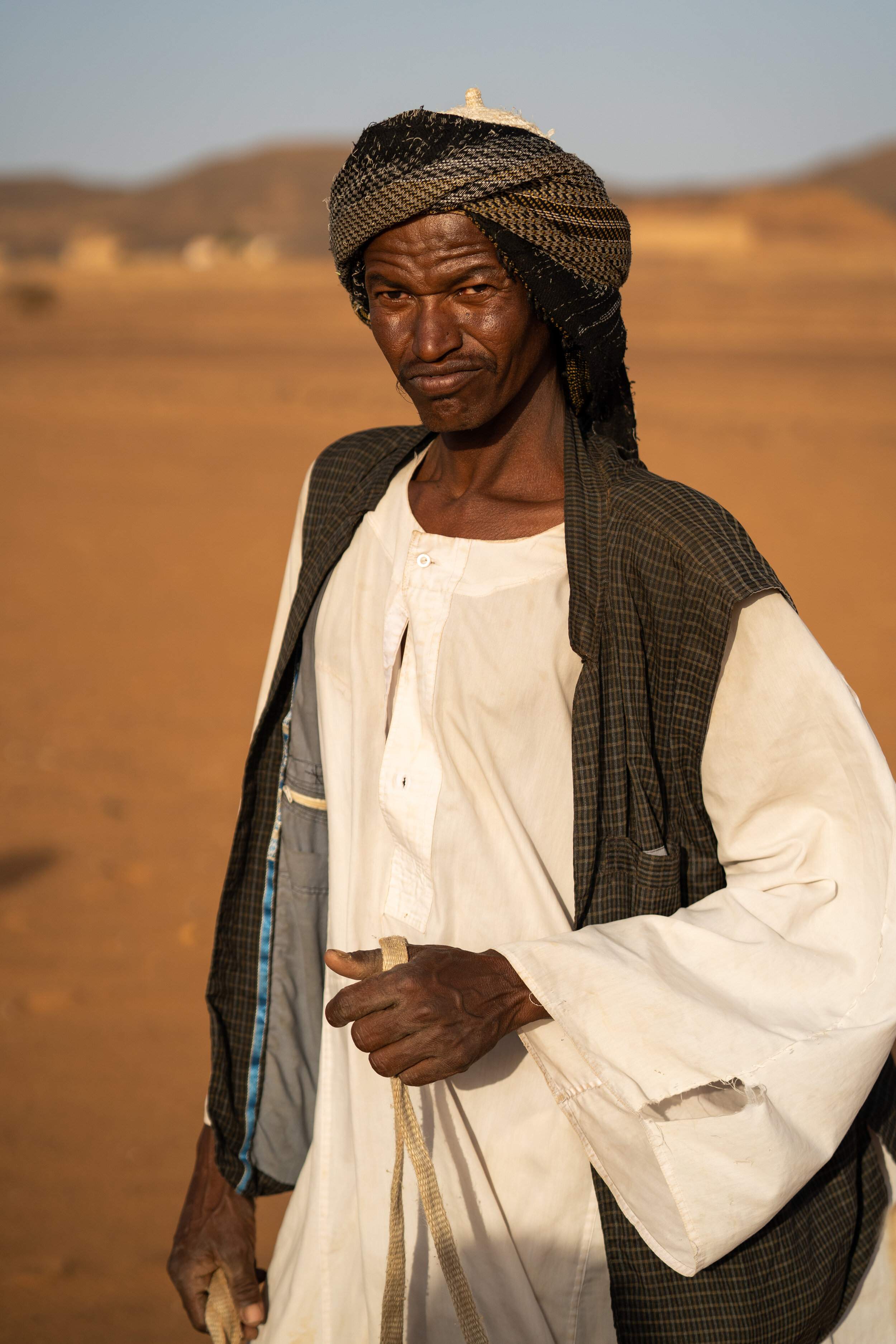
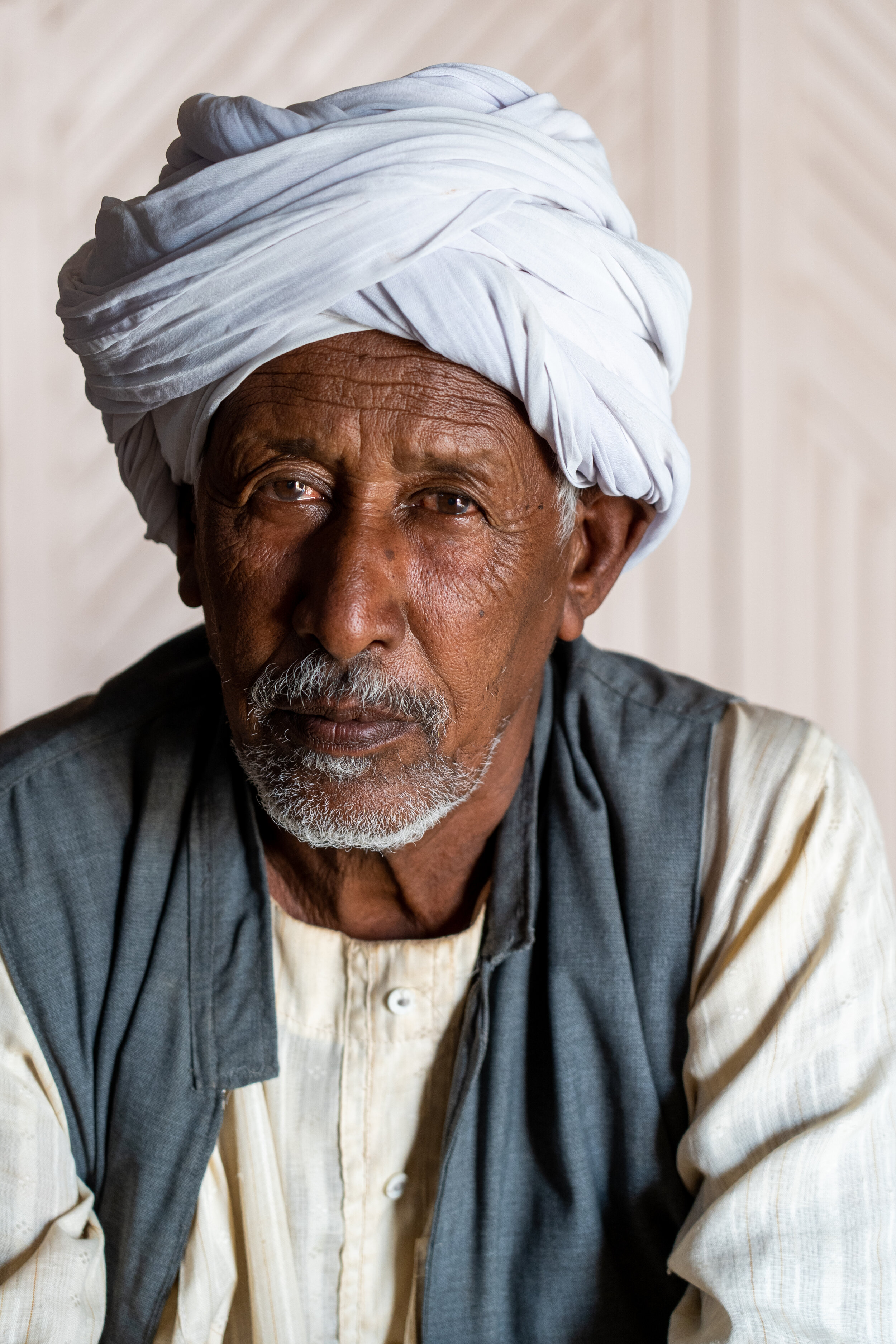
Faces of Meroë
Meroë, Sudan. May 2021.
Description coming soon.
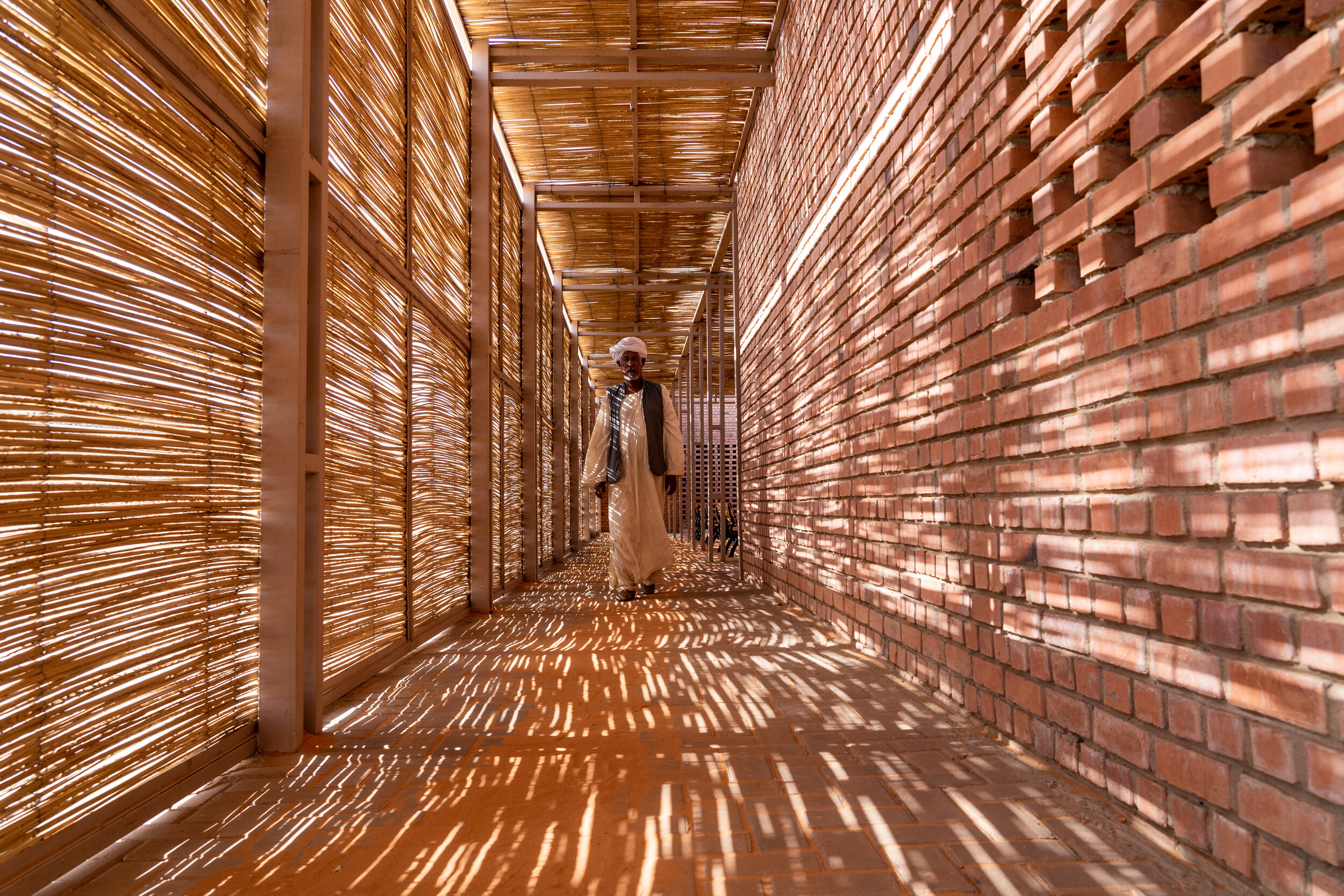
Light through the Reeds
Meroë, Sudan. May 2021.
Description coming soon.
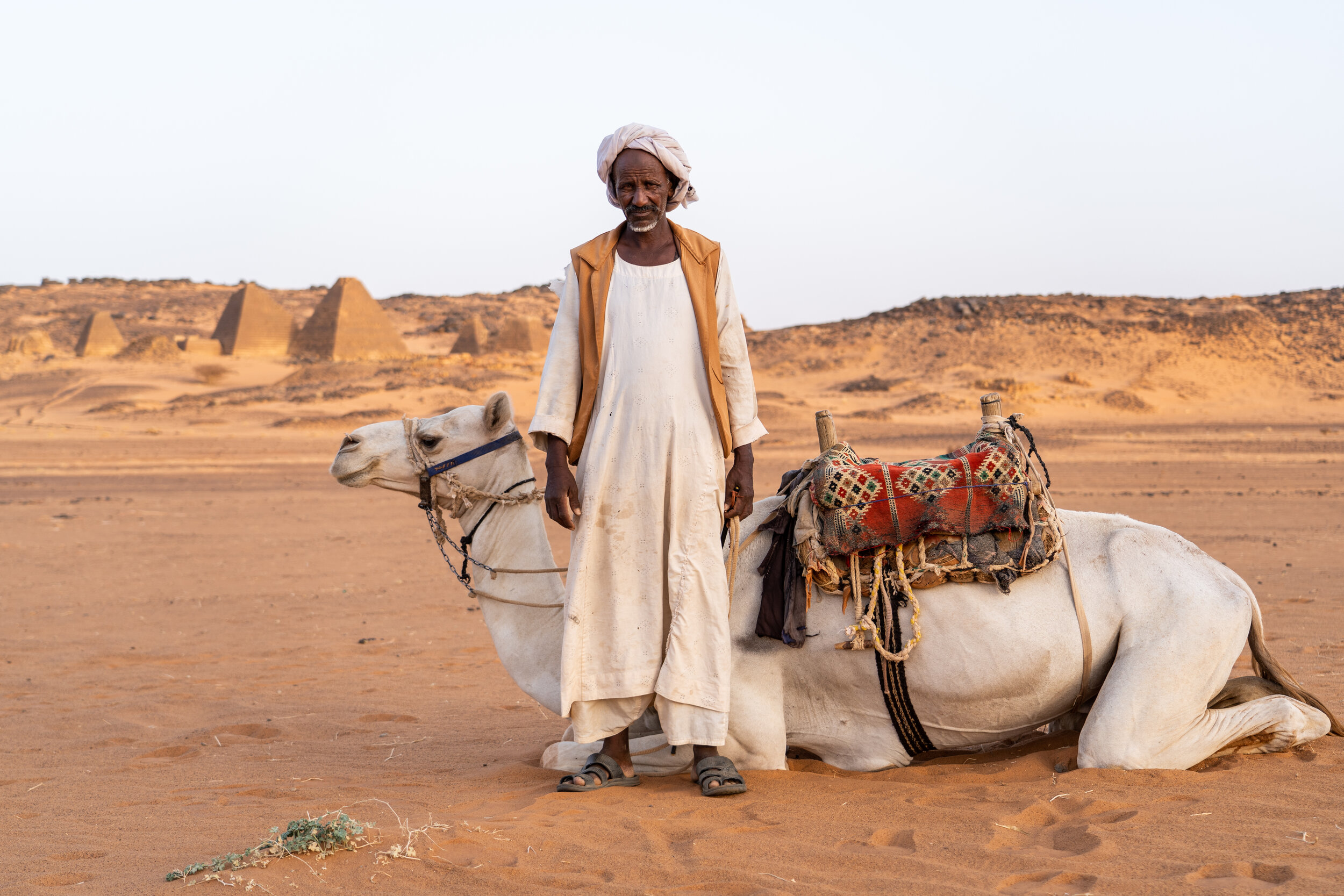
A Camel Man and the Pyramids
Meroë, Sudan. May 2021.
Description coming soon.
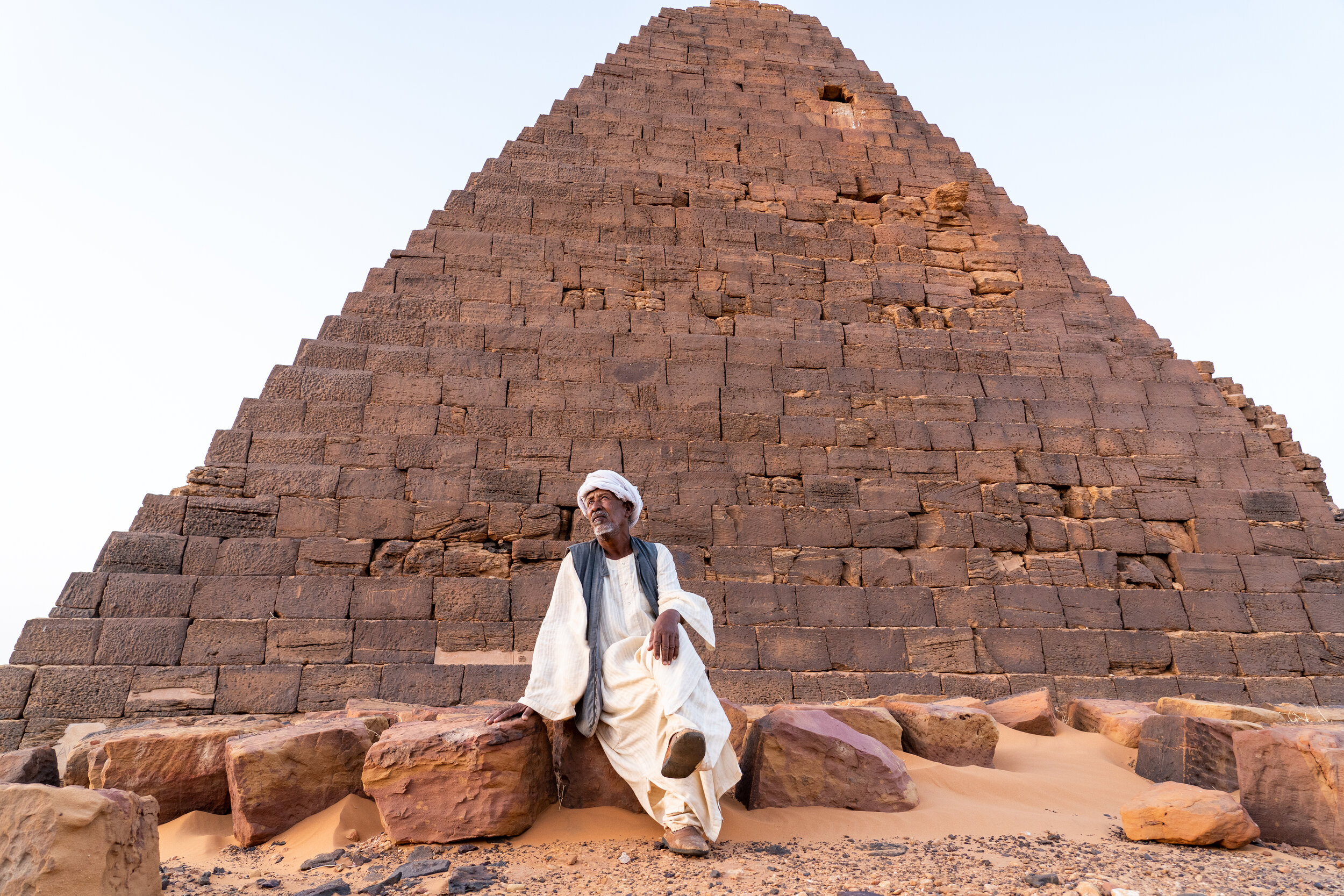
A Respite in front of a Pyramid
Meroë, Sudan. May 2021.
Description coming soon.
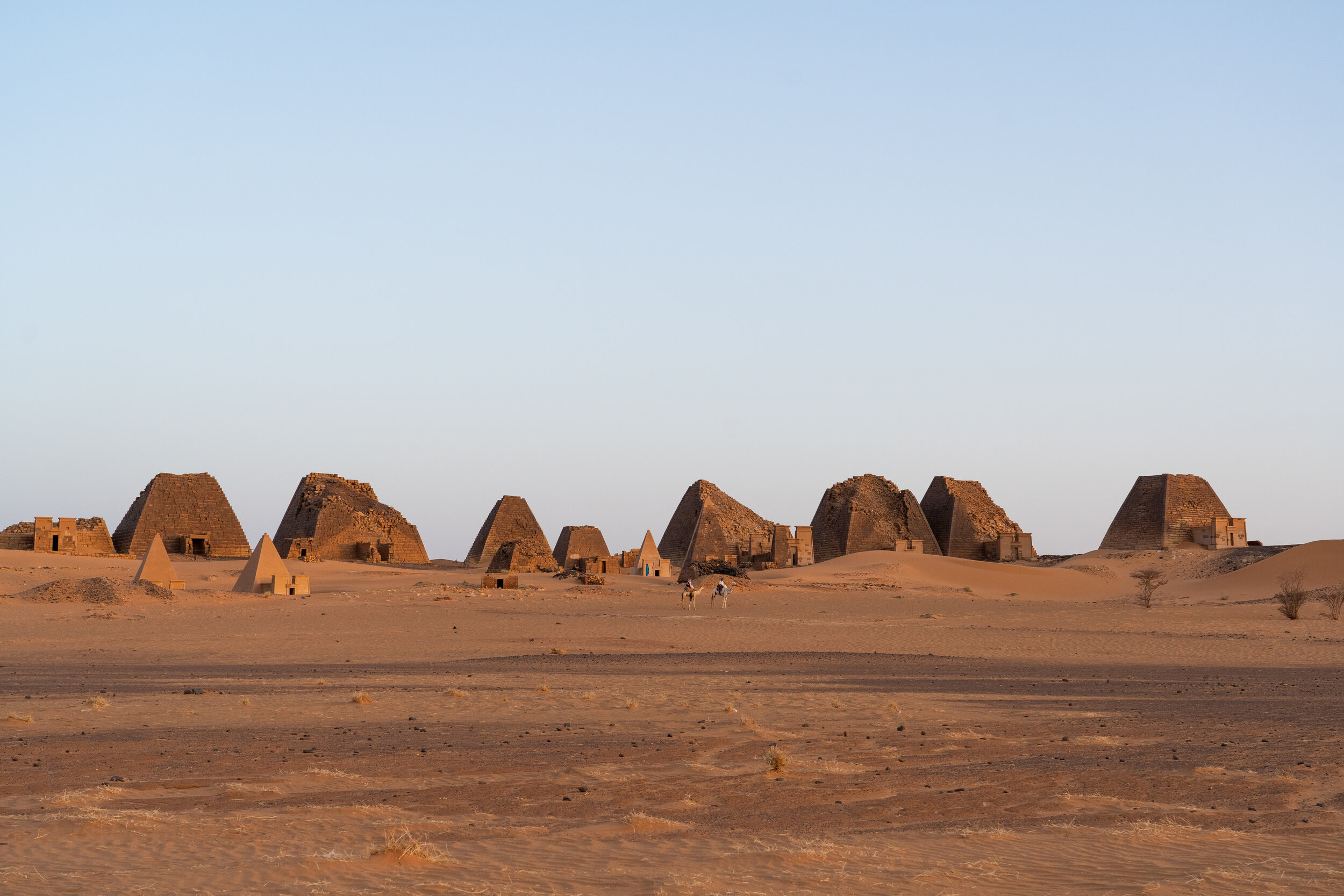
Meroë Skyline
Meroë, Sudan. May 2021.
Description coming soon.
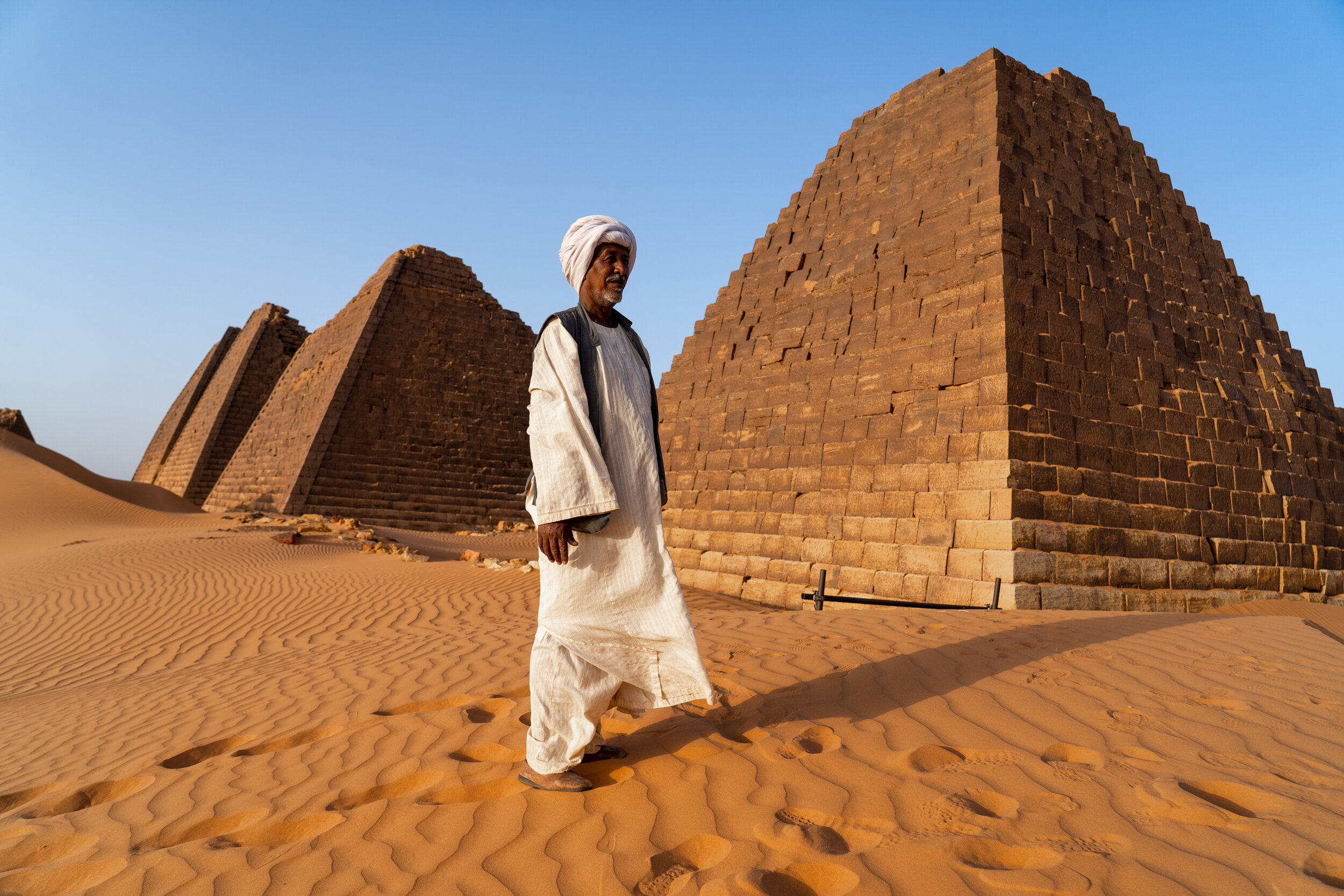
Where the Desert Meets the Pyramids
Meroë, Sudan. May 2021.
Description coming soon.

Looking Down
Meroë, Sudan. May 2021.
Description coming soon.
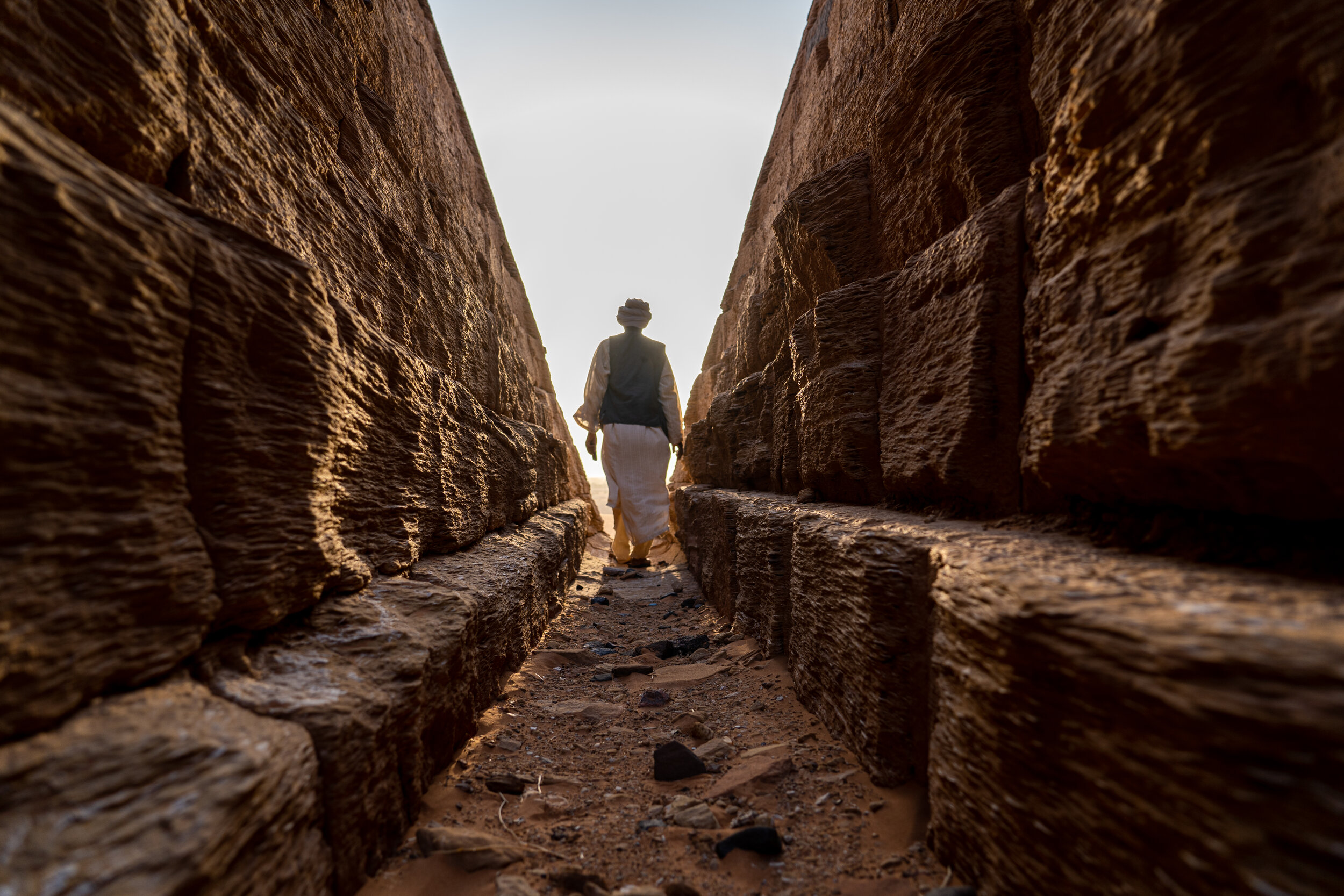
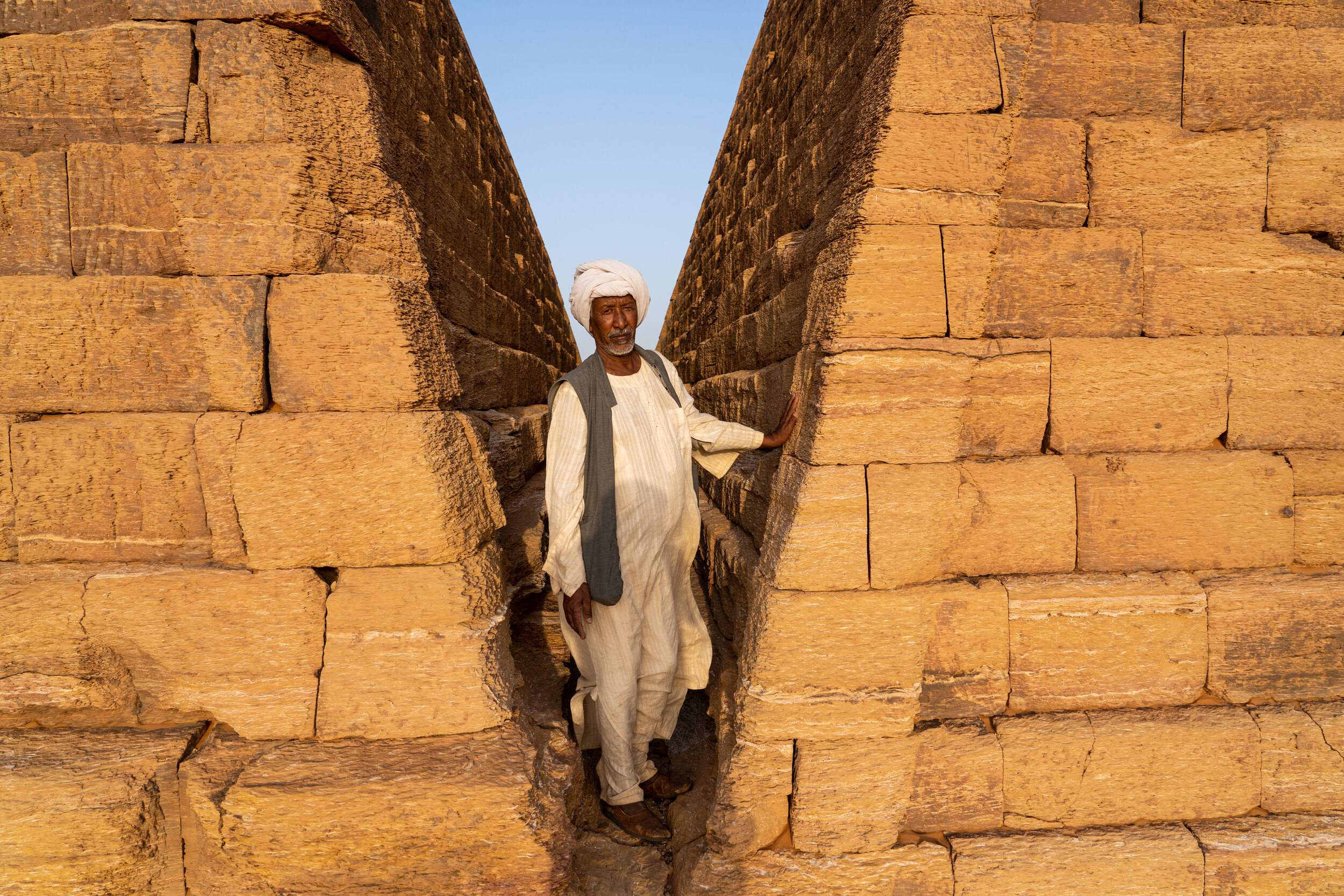
A Space Between Two Pyramids
Meroë, Sudan. May 2021.
Description coming soon.
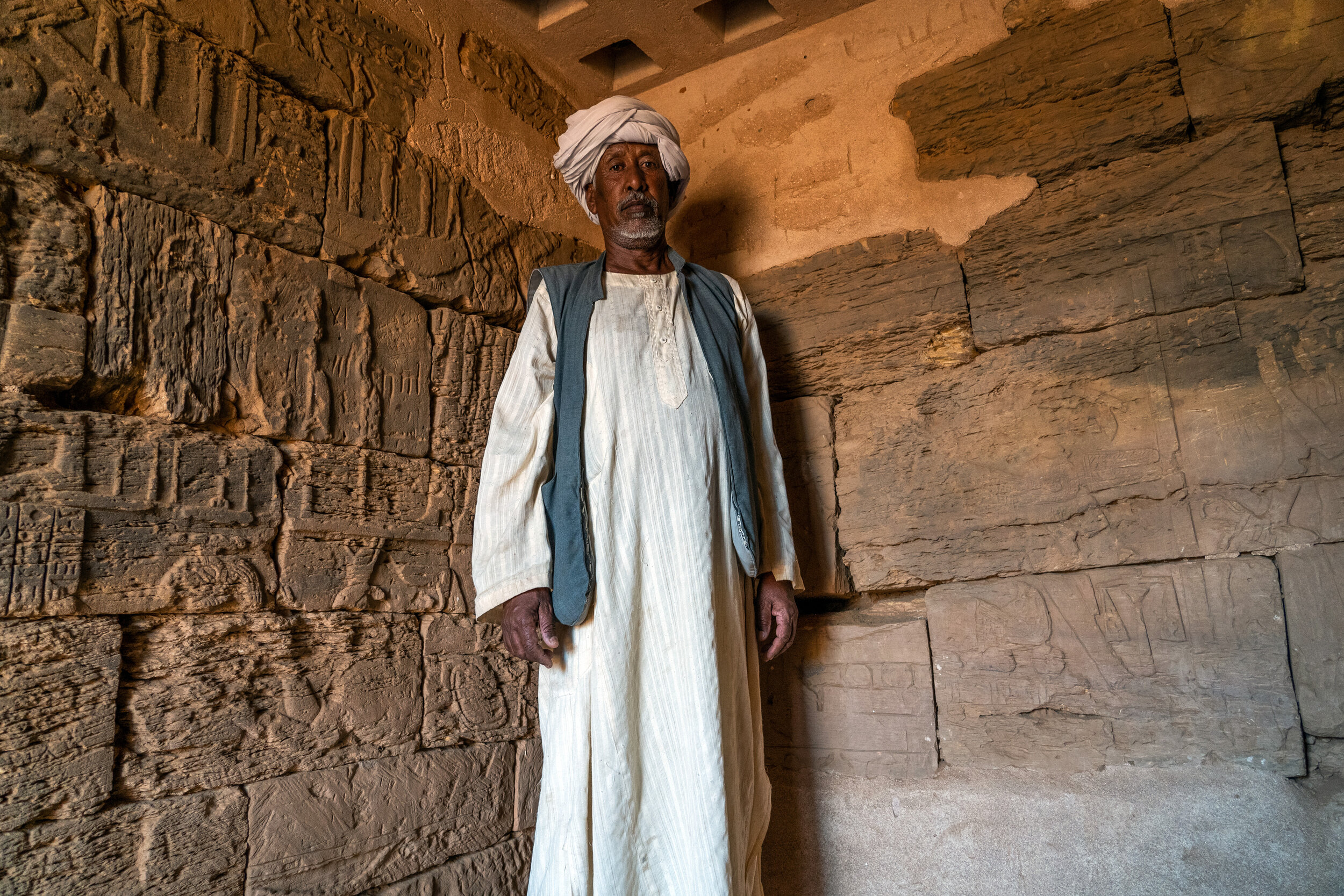
Inside a Pyramid: Hieroglyphics and Grafitti
Meroë, Sudan. May 2021.
Description coming soon.
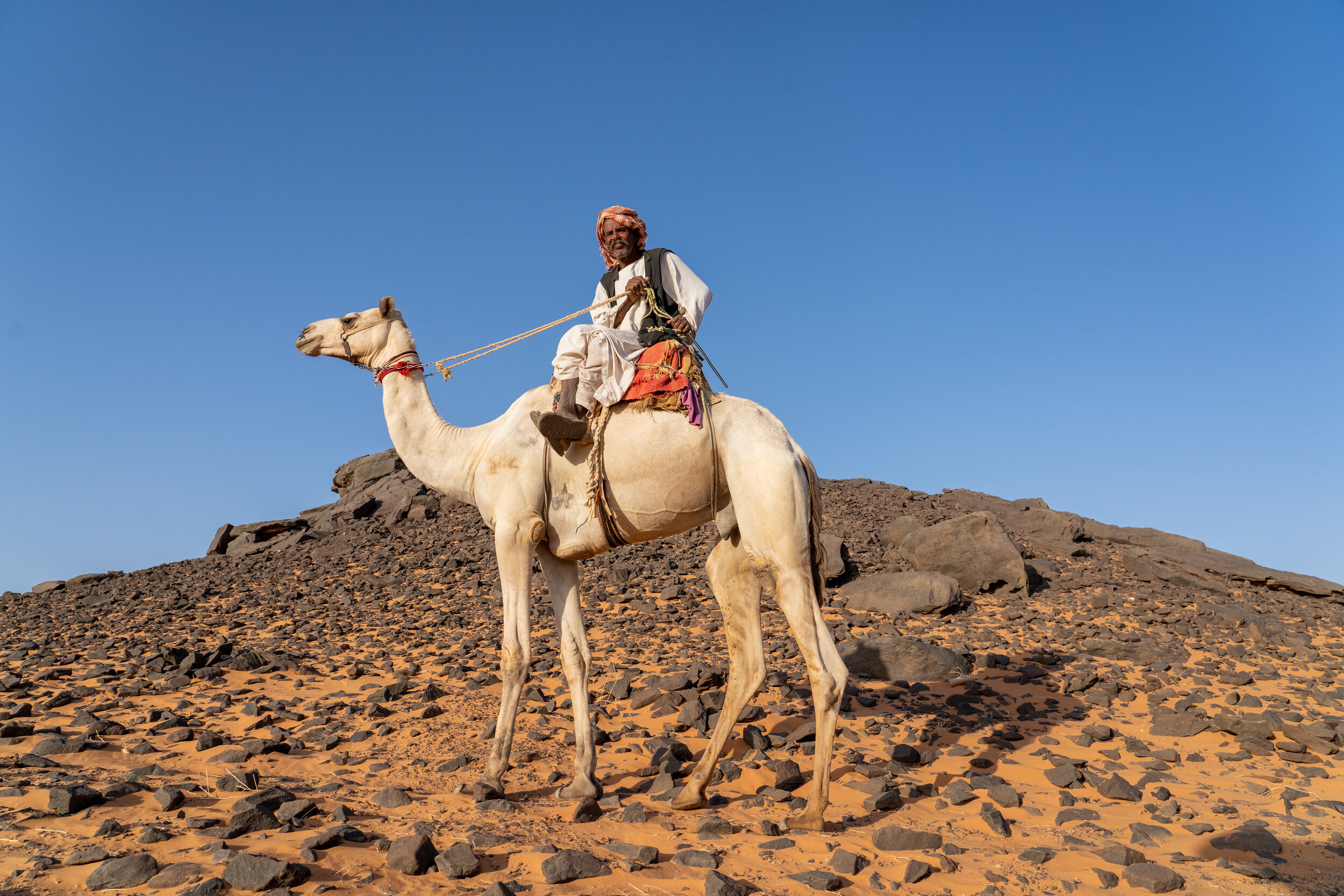
A Man on a Camel on a Hill
Meroë, Sudan. May 2021.
Description coming soon.
